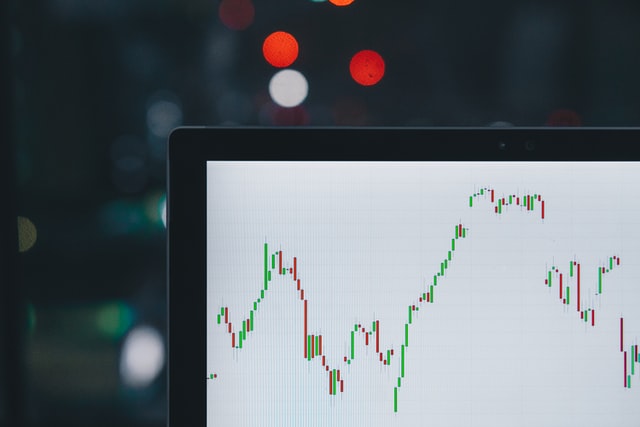Futures algorithmic trading strategies
Futures investing is the purchase or sale of an asset in which delivery and payment for that asset will take place at a specified future date. A futures contract (or simply, “futures”) is used when the buyers and sellers want to fix prices for future transactions.
By trading futures, investors gain standardisation while not storing physical commodities. They also get around the issue of delivery, which is a crucial concern for those trading in traditional physical markets. It’s because once a futures contract is bought and sold, the contract holder doesn’t have to worry about taking possession of the underlying product- the exchange handles it.
There are a variety of algorithmic trading strategies that can be employed when trading futures contracts:
Trend Trading
Trend trading takes advantage of anticipated futures based on fundamental supply and demand factors. You can capture profits through both rising and falling markets as the trader follows the trend until it is broken by a pivot point or other technical indicator.
Contrarian Trading
While popular with many traders, contrarian trading is not for everyone. A contrarian trader looks to sell into greed and buy fear. It means that when everybody rushes into futures markets and pushes market sentiment along with prices higher, a contrarian trader will look to sell that market because they believe the price has reached an unsustainable level, which will end up reversing soon. As contrarians are often termed “wrong most of the time”, this strategy plays upon the persistence of human nature and the herd mentality.
Momentum Trading
Like trend trading, momentum trading is based on the idea that there is a trend in prices and that this trend will continue for some time. However, the main difference between momentum and trend trading is that momentum traders enter into positions after the market has already begun to move in the desired direction. In contrast, trend traders enter before the market has started to move. As such, momentum traders typically hold their positions for a shorter period than trend traders.
Range Trading
A range trader looks to profit from a futures contract’s tendency to trade within a limited price range over a certain period. The trader will look for overhead resistance and support to generate short term trade opportunities that exploit these levels. Resistance refers to price levels at which significant buying pressure prevents the market from moving higher; In contrast, support refers to price levels at which substantial selling pressure preclude the need from falling further.
Volatility Arbitrage
In traditional financial markets, volatility arbitrage takes advantage of price discrepancies between two or more related securities. The idea is to buy the security that is expected to have less volatility and sell the security that is expected to have more volatility. You can use futures markets to proxy related securities to identify potential volatility arbitrage opportunities.
Statistical Arbitrage
Statistical arbitrage, also known as “stat arb,” uses quantitative models to identify and exploit pricing anomalies in the market. These anomalies can be caused by several factors such as mispricing, currency fluctuations, news events, and more. Stat arb traders use sophisticated mathematical models and algorithms to take advantage of these anomalies to earn a profit.
Gamma Trading
Gamma trading is an options market making strategy, which means that it seeks profits by providing liquidity and hedging options positions throughout the day. Delta neutral refers to having equal positive exposure to bullish moves in the underlying price and bearish exposure to declines in the underlying price. This option greeks strategy seeks to profit from the volatility of an options price over one day. Gamma traders seek the “sweet spot” to sell and buy gamma at various strikes around that point to earn a profit.
Iron Condor
An iron condor sells both a call option and put option simultaneously on the same underlying instrument with roughly the same strike price but different expirations. A trader would enter into this transaction believing that the underlying security will remain within a close range bounded by those two strike prices. The trader would look to profit from the premium received for selling both options combined with the expectation that the underlying asset will not move beyond either of those strike prices before expiration.
